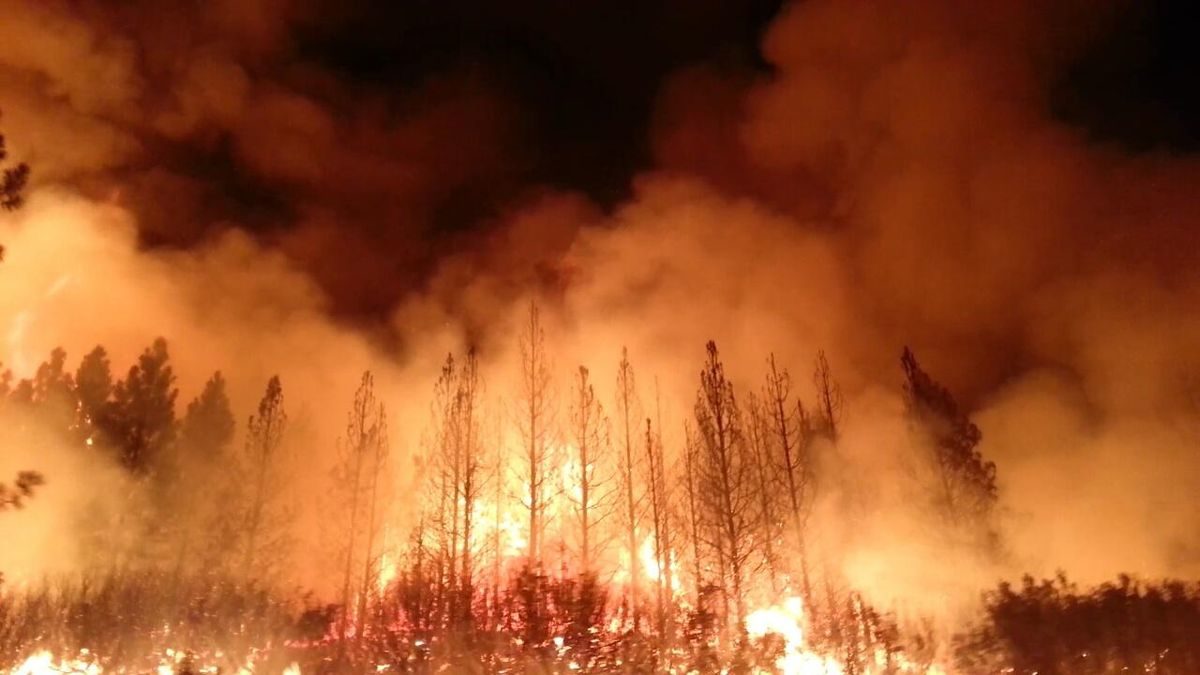As utilities turn off power to prevent wildfires, more homeowners are looking to install battery backup systems
The threat of chronic blackouts is sparking a rush to install battery backup systems as California homeowners try to avoid disruptive power cuts related to wildfires.
Blackouts are increasingly a part of life as Pacific Gas and Electric Co. strives to avoid igniting deadly blazes with aging equipment. At fault for some of the state’s worst wildfires, the utility shut off power nine times between June and October last year in Northern California. Some blackouts lasted for days, and at least one affected more than a million people.
The utility plans to use shut-offs for years as it upgrades its system (Climatewire, July 1). It’s pledged to reduce their scope and restore power more quickly.
But many residents aren’t reassured.
Nitsa Lallas and husband Ignacio Arribas, who live in the San Francisco suburb of Mill Valley, are getting two Tesla Powerwalls installed this week to store power from the solar panels on their 2,600-square-foot house.
“The primary trigger for us was when it became clear that these power shut-offs were part of the plan for the foreseeable future,” Lallas said. “PG&E was telling customers to expect them. … It appeared to us that every fire season, we would have multiple shut-offs, and that that would happen for multiple years.”
They’re not alone. Permit applications for energy storage projects are surging, according to local officials. In Sonoma County, about 80 miles north of San Francisco, 174 permits were issued in the first half of this year. That eclipsed the 161 permits that were approved in all of 2019.
Interest has boomed with advancing storage technology and since it became clear that blackouts will persist. The county issued 76 permits in 2018, and 47 in 2017, said Domenica Giovannini, policy manager for Sonoma County.
Marin County, just north of San Francisco, issued 763 “solar” permits in the year ending on June 30. Those permits are needed for various types of energy projects that would help homeowners keep the lights on during outages, including storage systems and a number of solar technologies. It marked a 136% increase compared with the previous year, said Bill Kelley, the county’s deputy director of building inspection and safety.
The county didn’t break out how many of those permits included storage, but “our sense is that most rooftop PV installations (which is more than 99% of our solar permits) now include an integrated energy storage system,” Kelley said in an email.
He added that “customers are anxious to get these permits issued quickly before the [power shut-off] season is upon us.”
Read more: Scientific American





